Meet Websim — the AI playground that lets you make anything you can imagine in seconds
A virtual internet

Hands up if you've ever had a great idea for an app in the shower, which never came alive because you had no idea how to get it made. You're not alone. Well maybe, thanks to Rob Haisfield and his Websim project, those never-to-be-born gems will in the future burst into glorious life.
Websim, a zero hype, no brand minnow project that popped out of nowhere, has triggered the kind of excitement that typically only happens with mega-funded startup launches.
The app, if that's what you can call it, offers a rich tapestry of potential for anyone who has ever had an app idea they wanted to create, but didn't know how to start.
The basic premise is to use the Websim AI-powered platform to produce full-blown applications from just a text prompt and some ingenuity. It's powered by any of the major AI models from OpenAI, Anthropic and others such as Claude 3.5 Sonnet and GPT-4o.
In my case, I selected the current best model, Claude 3.5 Sonnet, and so benefited from some really fast and coherent coding, which made it almost addictive to use.
How does Websim work?
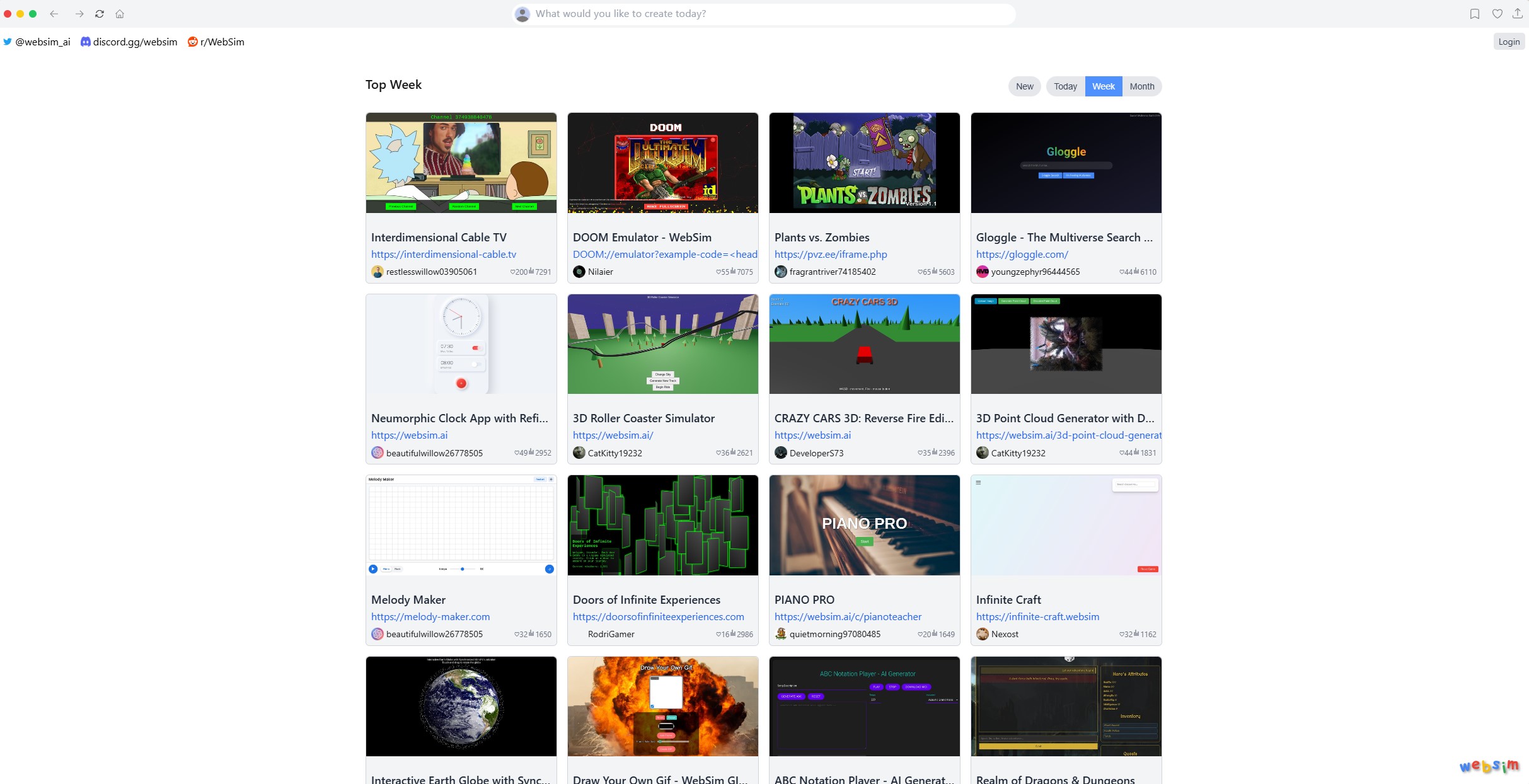
To start, you're faced with a home page catalog filled with sample apps that have been created by other users, and at the top of the screen the all-important prompt box. Marshall your thoughts, and enter in your desired prompt to set things in motion. And by things, I mean Claude going to work crafting code, interfaces and styles to deliver your idea right there, instantly, on your screen. It's a miracle to behold.
I decided I wanted to recreate one of my favorite 1980 Atari arcade games, Missile Command. For those not in the know, this is a game where you have towers/cities that are attacked by falling missiles which you have to intercept with a mouse or button click. Once your towers are gone, you lose, and your high score is recorded.
Sign up to get the BEST of Tom's Guide direct to your inbox.
Get instant access to breaking news, the hottest reviews, great deals and helpful tips.
My first prompt entered straight into the URL box at the top, was simple, "create missile command game please". I'm unfailingly polite with AI for some weird reason, and always have been.
In a matter of seconds, up popped a sparse, but unmistakable screen with a fully playable version of retro Missile Command. Sure it didn't have all the bells and whistles, but I was blown away by how good it was for a five-word prompt.
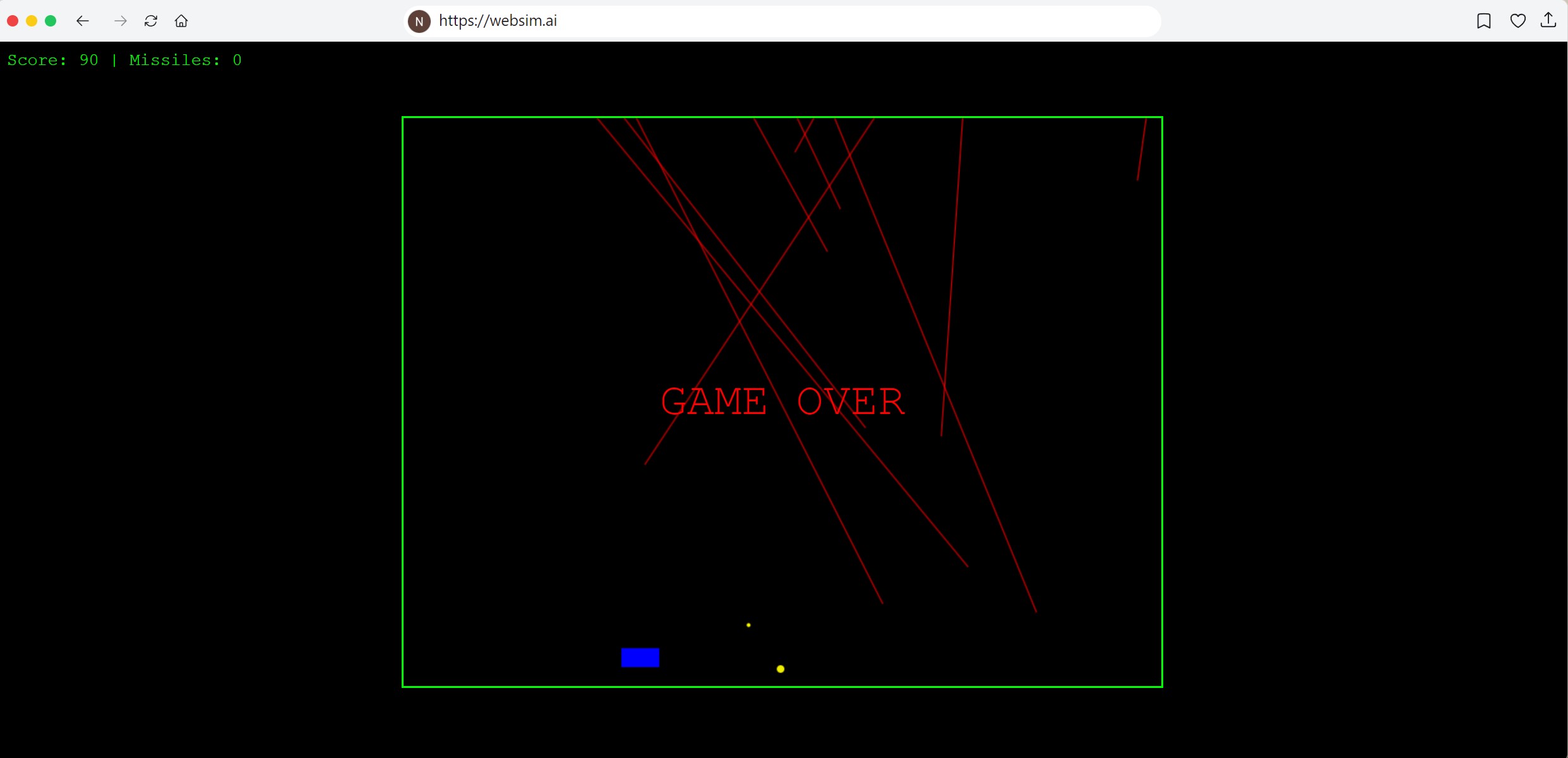
I played for a bit, then decided to improve the interface. Prompt two - "Add restart and start new game buttons. Plus add a highest score window."
And there it was. Mind continues to be blown. Remember, I'm not instructing anything to do with layout, colors, or operability, just a bare bones prompt. Yet the buttons are placed in the most logical place, and the high score box goes top right of the screen, where you'd typically expect to find it.
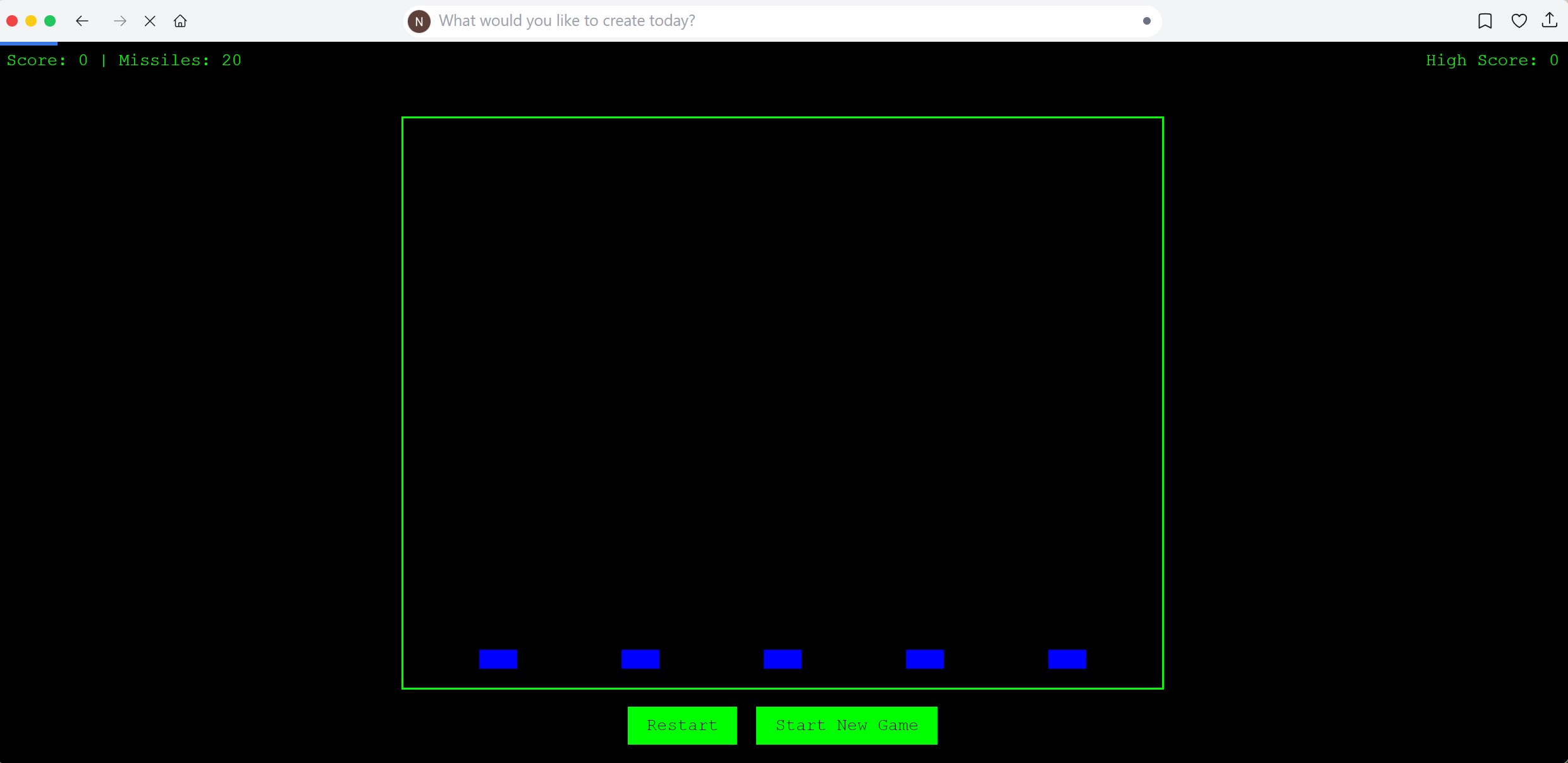
Having played more, I discovered other missing elements were needed. Several more prompts ensued, as I fleshed out features the game deserved.
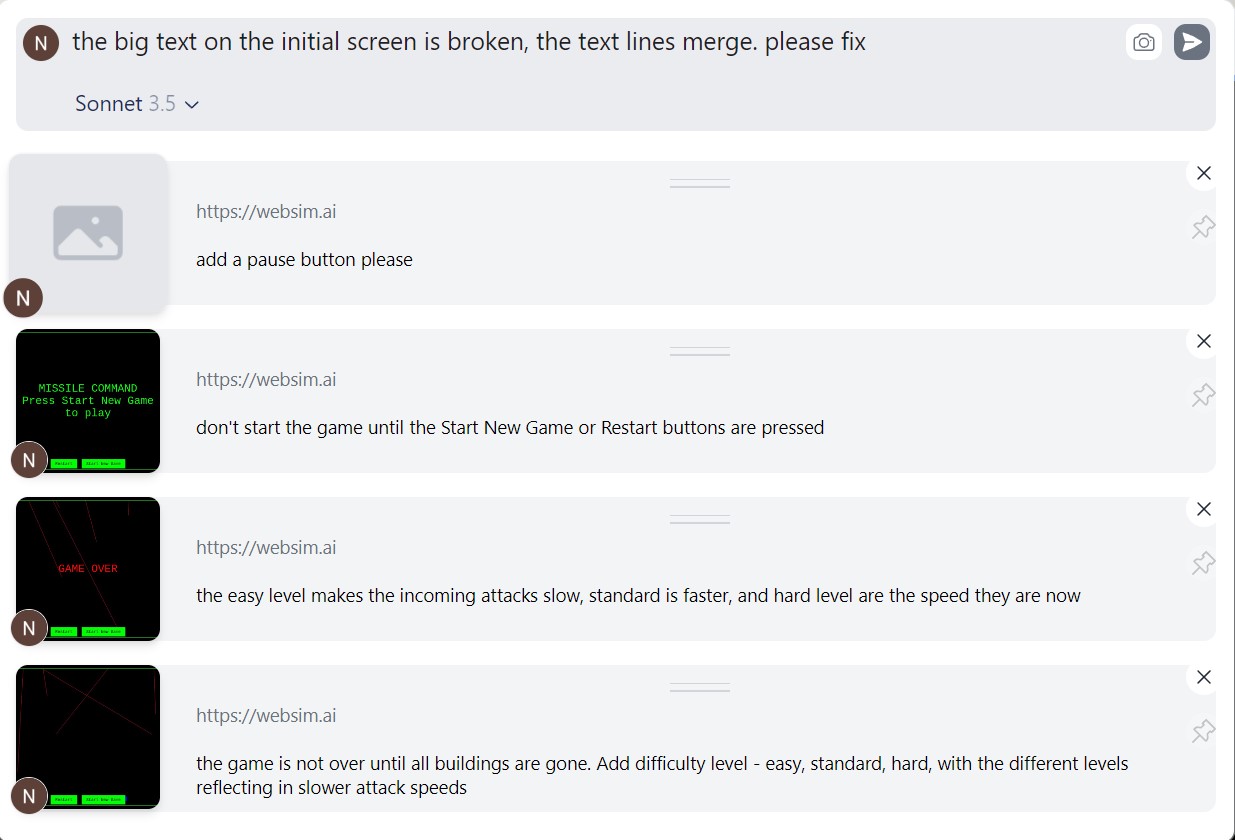
Oh man, this was fun. But could it update the UI to a more modern, less retro result?
It could, and did. I played on, wild chuckles emerging from my lips every time I got soundly beaten by the wickedly tough game mechanics.
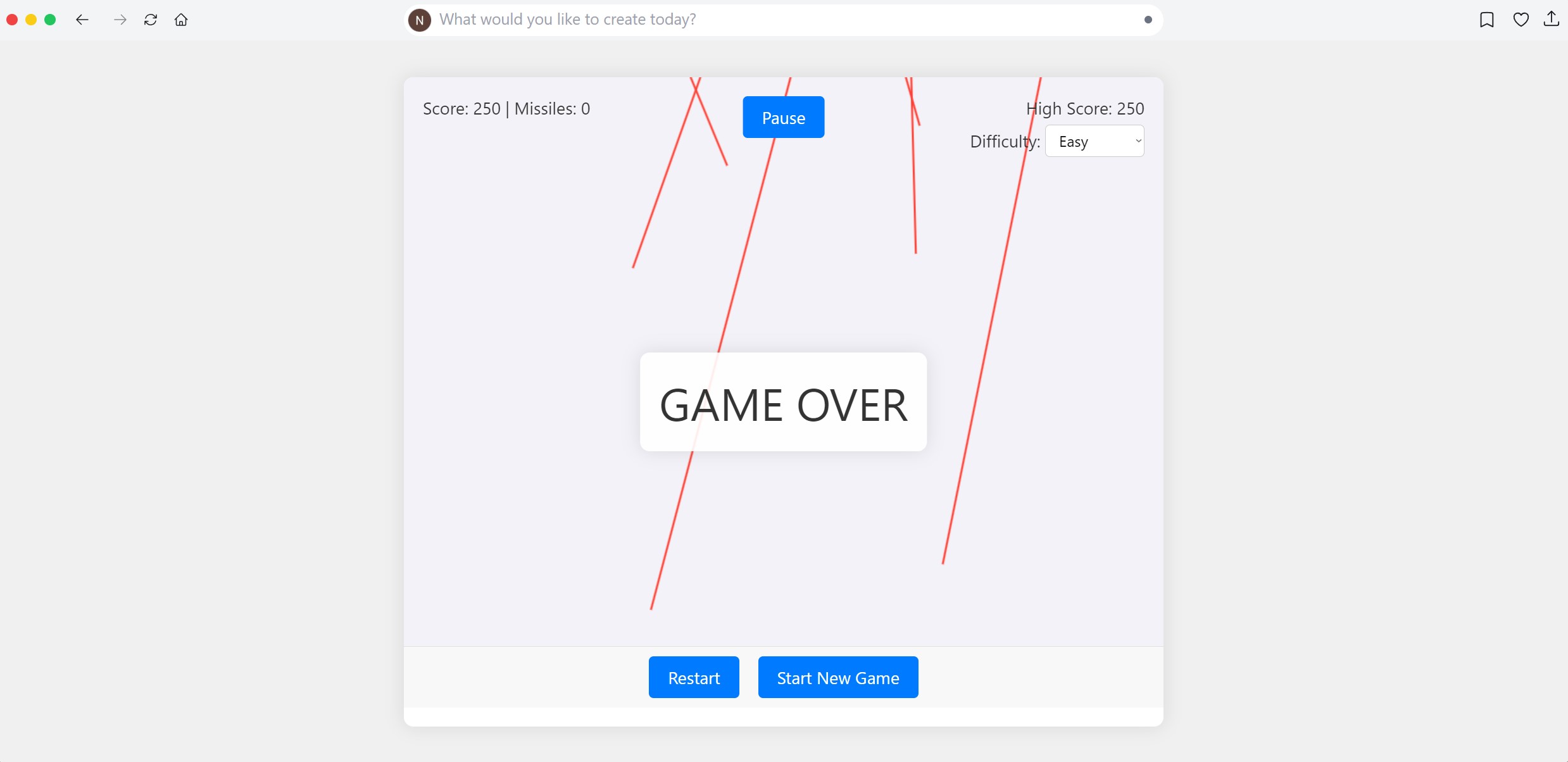
But then came the big one. I was hungry to see just how far I could press things with my demands. How far could I push the model creatively in terms of a more modern UI?
"Can you set it in a more 3d graphics space landscape, like No Mans Sky. Make the green blocks into 3d buildings and the background desert with mountains on the horizon. Dark starry sky, beautiful appealing modern 3d graphics."
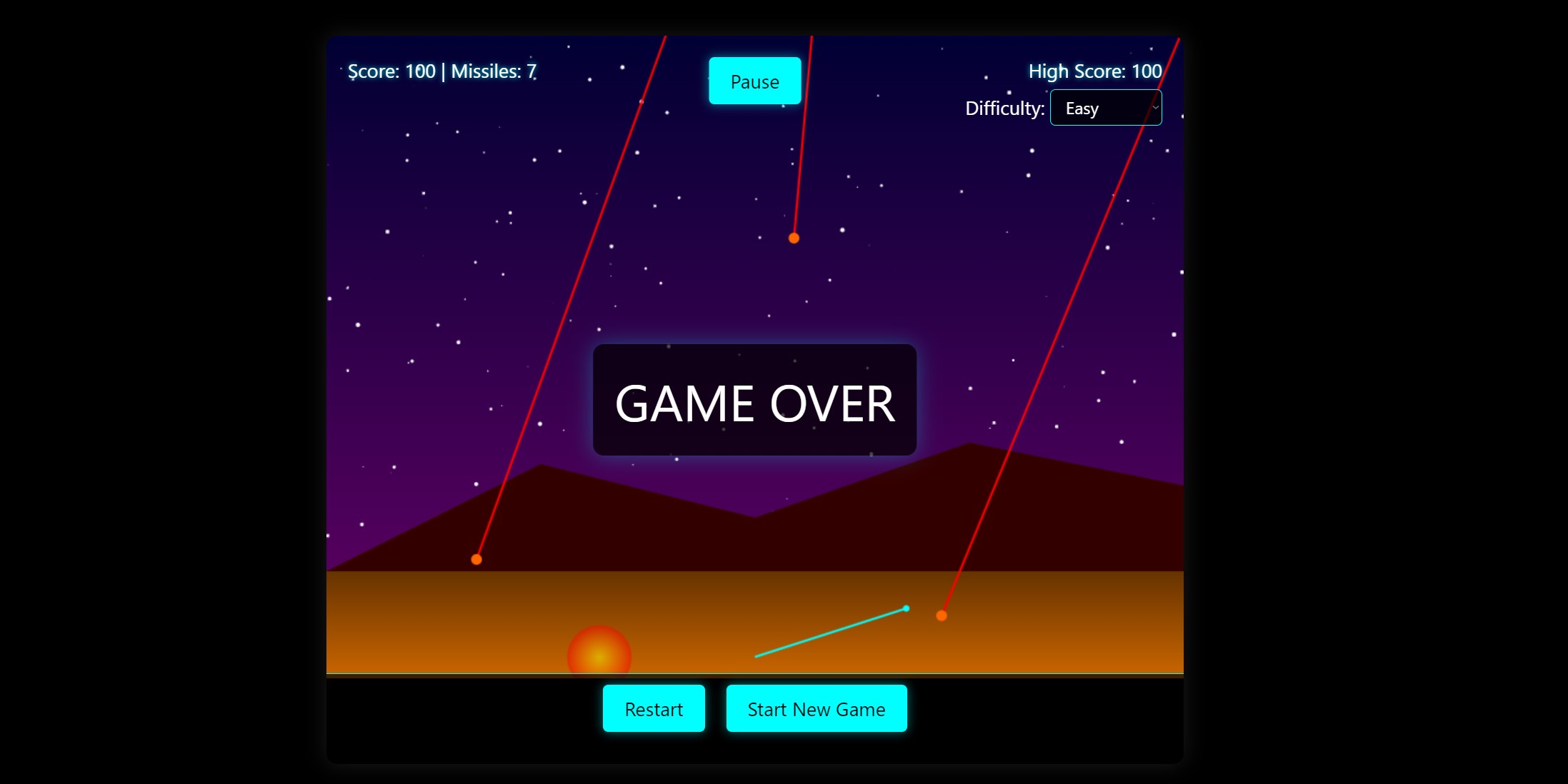
Boom! To say I was gob-smacked is an understatement. I think you need to understand what it's like to see an AI translate your thoughts into reality in front of your eyes. It's more than unnerving, it's a positively mystical experience.
Try doing this with a real programmer and see how far you get. I know, I've tried in the past… several times. It usually doesn't end well without pages of specs, intentions, goals, feature definitions and a lot of coffee.
So there you have it. Within the space of two hours maximum, I recreated a Windows-based arcade game that was playable and fun. Sure it didn't have all the extra features of the original, and the design was still a bit janky, but I have plans to add polish later when I get time.
After all, I'm just a text prompt or two away from perfection, right?
Final thoughts
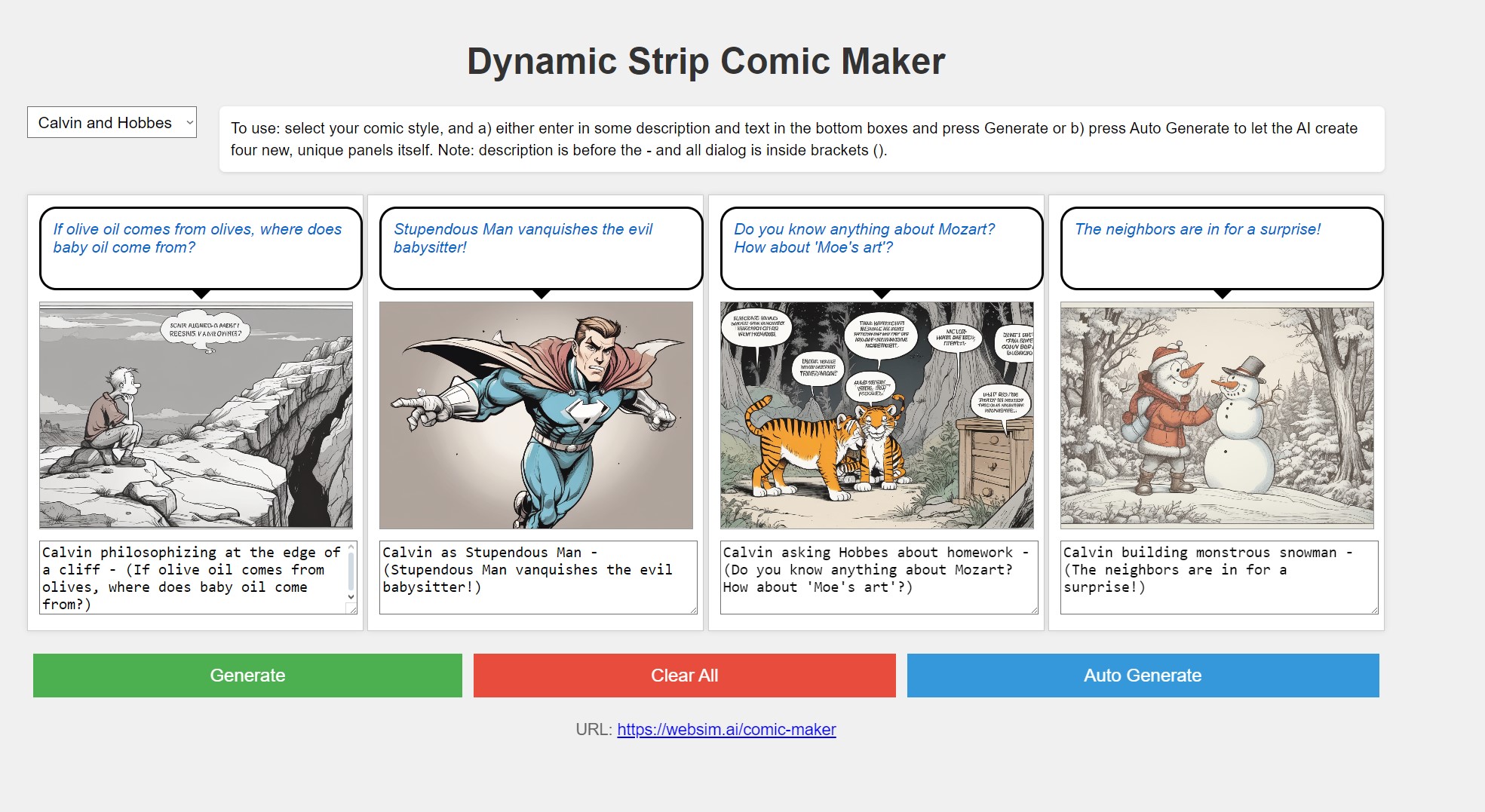
Right now, I have to stop and sit back in my chair with the hairs on the back of my neck rising. This is the worst it's going to be, I tell myself, as I struggle to comprehend what this kind of tech will mean for the future of work, programming and entertainment.
PS: I also made a Comic Maker!
More from Tom's Guide
- Apple WWDC 2024 announcements: Apple Intelligence, iOS 18, iPadOS, Siri 2.0 and more
- Apple's integration with ChatGPT is just the beginning — Google Gemini is coming and maybe an AI App Store
- Siri just got a huge boost with Apple Intelligence — here’s everything it can do now

Nigel Powell is an author, columnist, and consultant with over 30 years of experience in the technology industry. He produced the weekly Don't Panic technology column in the Sunday Times newspaper for 16 years and is the author of the Sunday Times book of Computer Answers, published by Harper Collins. He has been a technology pundit on Sky Television's Global Village program and a regular contributor to BBC Radio Five's Men's Hour.
He has an Honours degree in law (LLB) and a Master's Degree in Business Administration (MBA), and his work has made him an expert in all things software, AI, security, privacy, mobile, and other tech innovations. Nigel currently lives in West London and enjoys spending time meditating and listening to music.










